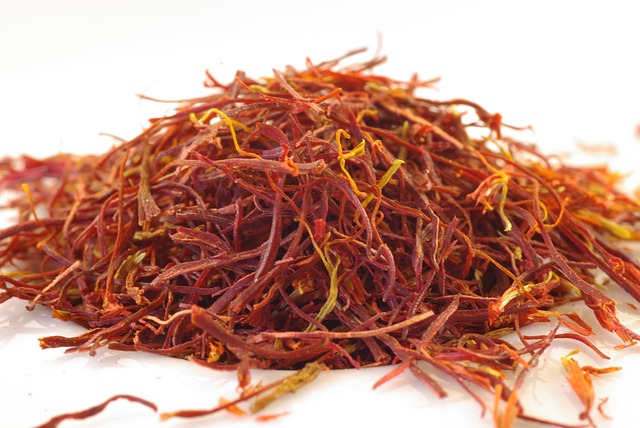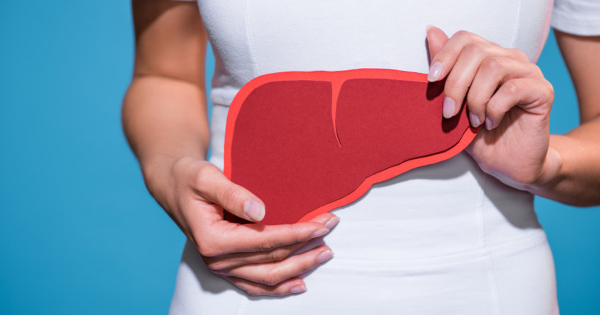.jpg.aspx?width=360&height=240&resizemode=force)
Saffron Protects Against Macular Degeneration
As Baby Boomers mature en masse, age-related macular degeneration (AMD) is on the rise.
AMD is the leading cause of vision loss among people 50 and older. It affects more than 1.75 million people in the U.S. and is expected to strike as many as 3 million in the next five years. Fortunately, an ancient spice may provide just the protection you need.
The macula is the small spot near the center of the retina. The eye needs it for central vision to see objects straight ahead. When the macula becomes damaged, it severely limits your ability to see things in your central line of vision.
As age-related macular degeneration progresses, a blurred area develops near the center of your vision. In addition, objects may not appear as sharp or bright as they used to. Colors seem faded. That loss of central vision can interfere with daily activities like recognizing faces, reading, driving, working, cooking, or watching TV.
Besides age, the biggest risk factor for AMD is smoking. Other risk factors include sun exposure, high blood pressure and obesity.
But we also know that people who exercise and eat green leafy vegetables and fish have a lower risk of developing the disease.
Recent studies have found certain nutrients protect against the progression of AMD. Researchers at the National Eye Institute conducted two Age-Related Eye Disease Studies (AREDS and AREDS2).[i]
The first AREDS study showed that a combination of vitamin C, vitamin E, beta-carotene, zinc, and copper reduce the risk of late-stage AMD by 25%.
AREDS2 found that a combination of lutein and zeaxanthin with vitamin C, vitamin E, zinc, and copper further reduced the risk of late-stage AMD.
Other studies show that rosemary may protect against macular degeneration.
And a study from Australian and Italian researchers shows the Mediterranean spice saffron helps slow progression of AMD and improve vision.
The researchers conducted a randomized, double-blind, placebo-controlled study of people with early stage AMD. One group in the study supplemented with 20 mg per day of saffron. After just 90 days the researchers saw significant improvement in the saffron group.[ii]
Then the researchers tested a group of 29 patients aged 55 to 85 with early-stage AMD. The patients received 20 mg per day of saffron as a supplement for about 14 months.[iii]
The researchers observed improvements in their clinical measurements of the disease after saffron supplementation.
In addition, all of the patients reported an improvement in their quality of vision. They experienced improvements in contrast and color perception, reading ability, and vision in low lighting. All of that added up to a substantial improvement in the patients' quality of life.

What's in saffron that protects the eyes?
The researchers noted that saffron from the crocus flower contains chemical compounds called crocin and crocetin. These are antioxidant derivatives of carotenoids. Crocin protects photoreceptors from light-induced death. Crocetin increases the availability of oxygen to the cells.
Saffron also contains over 150 volatile and aromatic compounds that contribute to a long list of other saffron health benefits proven by science.
Saffron beats Aricept for Alzheimer's Disease
A 22-week randomized, double-blind controlled trial showed that 15 mg of saffron twice a day was as effective as donepezil (Aricept) in the management of mild-to-moderate Alzheimer's disease.
Another 16-week, randomized and placebo-controlled trial showed that 15 mg of saffron twice per day was both safe and effective in treating mild to moderate Alzheimer's disease.
Saffron as effective as Prozac for depression
In a double-blind study published in the journal Progress in Neuropsychopharmacology and Biological Psychiatry 15 mg twice daily of saffron was just as effective as Prozac in treating depression, and resulted in a 25% remission rate. And it's also been shown to improve sexual problems induced by Prozac use.
Another study proved saffron as effective as the depression drug imipramine (Trafanil).
And a meta-analysis found that saffron is effective in treating major depressive disorders.
Other proven health benefits of saffron include:
- Increases satiety to help with weight loss
- Helps relieve pain better than NSAID drug
- Relieves premenstrual syndrome
- Fights cancer
Other studies indicate saffron may help protect blood vessels, reduce the effects of diabetes, and improve cognitive decline related to aging.
How To Use Saffron
Saffron comes from the dried dark red or yellow stigmas at the center of the crocus flower (Crocus sativus). But many home cooks shy away from this bright spice because of its cost. In fact, it's said to be the most expensive spice in the world at about $1,000 a pound.
That's because it takes about 15,000 flowers to make just 3.5 ounces of dry saffron threads. Each flower blooms for just one week a year. And all those threads have to be harvested by hand.
Fortunately, you don't need a lot of saffron to get the benefits of its flavor and color in cooking. Just a pinch – about 20 threads - is all you need for most dishes.
Look for the threads or whole stigmas rather than the powdered form of this spice. The powders may seem like a bargain but they're often diluted with poor quality or even other less-expensive spices like turmeric.
Steep the threads in hot water or broth for 5 to 20 minutes before adding them to your recipe. This releases the saffron's essence and aroma.
Add saffron to risotto or other rice dishes. It also goes well in seafood dishes like bouillabaisse or paella. Or use it in beef stews or tomato sauces.
Once you've made an investment in saffron, store it in a container away from sunlight. It should last for years.
For more information on the health benefits of this amazing spice, visit Green Med Info's page on saffron.
© [12/22/2021] GreenMedInfo LLC. This work is reproduced and distributed with the permission of GreenMedInfo LLC. Want to learn more from GreenMedInfo? Sign up for the newsletter here //www.greenmedinfo.com/greenmed/newsletter.

.jpg.aspx)